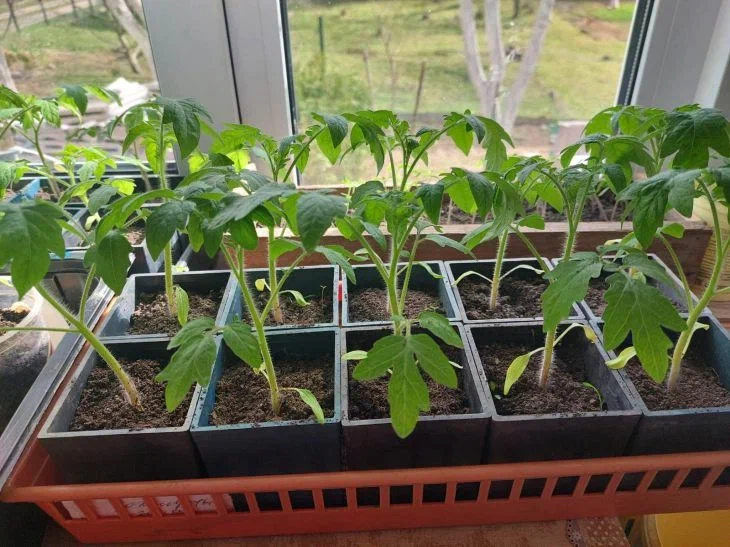The secret war for seedling survival begins before the seeds are planted. While newbies lose plants to hidden pathogens, pros use five proven tactics.
Freezing the soil is a winter ritual for the chosen few.
The soil is left in the cold in bags for 7-14 days. The lower the temperature, the less chance pathogens have to survive the cold attack.

Chlorhexidine turns a pharmacy product into a weapon against infections.
Two bottles of antiseptic are mixed with the soil through a sprayer. The cheap method guarantees almost complete sterilization without complex manipulations.
Calcination is similar to the fire purification procedure. The earth is heated in an oven to high temperatures, destroying all microflora.
The disadvantage of this method is the death of beneficial bacteria. After thermal treatment, the soil is revived with biopreparations such as Baikal M1.
Potassium permanganate remains a classic. The bright pink solution is poured through the soil, creating a barrier to fungi.
An error in concentration turns protection into a threat: a weak solution is useless, too strong - it burns the roots.
Biopreparations are the strategy of the smart ones. Trichodermin, Fitosporin and similar products replace the “chemical attack” with delicate seeding of the soil with beneficial microorganisms.
They displace pathogens while improving the soil structure.
Each method is an emphasis on preventing problems.
Freezing and calcination are radical, but take time. Chlorhexidine and potassium permanganate act quickly, but do not provide long-term immunity.
Biopreparations are the golden mean, combining safety and effectiveness.
The main secret is a combination of approaches. After heat treatment, add biopreparations. When using potassium permanganate, monitor the acidity.
Disinfected soil becomes a reliable start for seedlings, which will not burn from black leg and will not wither from mold. The result is noticeable in the first weeks: strong stems, bright leaves, zero mortality.
